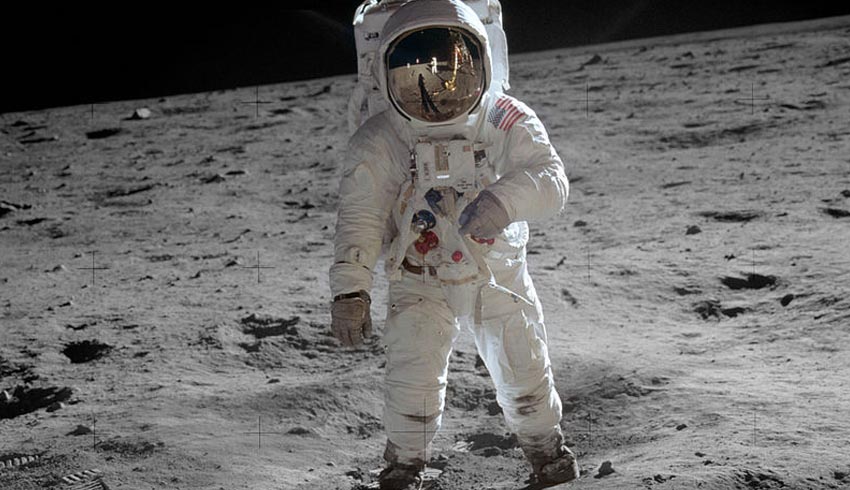
Maybe you've seen astronauts working on the International Space Station, or heard about NASA's plans to send humans back to the moon or maybe you've been following the ongoing exploration of Mars and want to visit the planet for yourself one day!
Whatever your inspiration has been, you know you want to become an astronaut. So, how do you get there, and what can you do to make it possible?
Let's start with the basic requirements:
- Master's degree in a STEM field, or
- Two years of work toward a PhD program in a related science, technology, engineering or math field;
- A completed doctor of medicine or doctor of osteopathic medicine degree;
- Completion (by June 2021) of a nationally recognised test pilot school program.
- Two years of related professional experience, or at least 1,000 hours of pilot-in-command time in jet aircraft.
- Pass the NASA long-duration spaceflight physical.
Not every STEM (science, technology, engineering and math) degree will qualify you to be an astronaut. NASA is looking for people with a degree in engineering, biological science, physical science (like physics, chemistry or geology), computer science or mathematics.
If you're in high school, middle school or even primary school, now is a great time to explore all of these fields of study to help you better understand the ones you like most, the ones for which you might have a natural talent, and even the ones you don't find as interesting.
If you have the ability to choose your elective classes, take the challenging math, science and computer programming courses.
This will help you to learn the fundamentals of science and math. If your school doesn't offer those classes, look online. There are many free online courses covering a wide range of math, science and programming topics.
What else can you do?
- Join a school or community math, science, engineering or robotics club. If there are none in your school or community, start one!
- Participate in science and engineering fairs (there is a great "how-to" video series to help you develop your project here).
- Attend maker fairs and develop the skills to design solutions to a variety of problems.
- Plan to apply for an internship at JPL or NASA. You can apply for opportunities as early as your freshman year of college when you are working towards a degree in a STEM major.
These are some of the steps you can take to better prepare yourself as you enter college. They just happen to be some of the same types of things many JPL scientists and engineers did before starting their college careers that led them to a job with NASA.
Receive the latest developments and updates on Australia’s space industry direct to your inbox. Subscribe today to Space Connect here.









